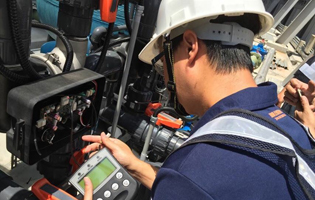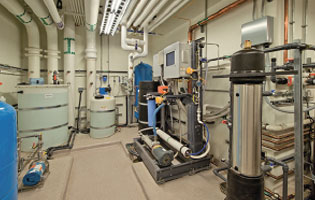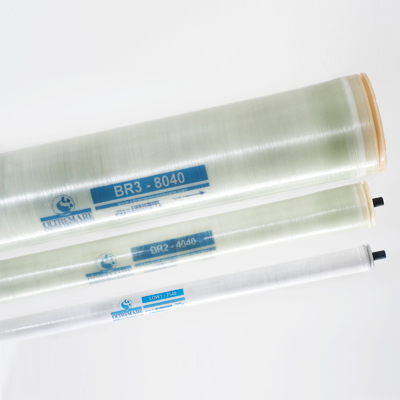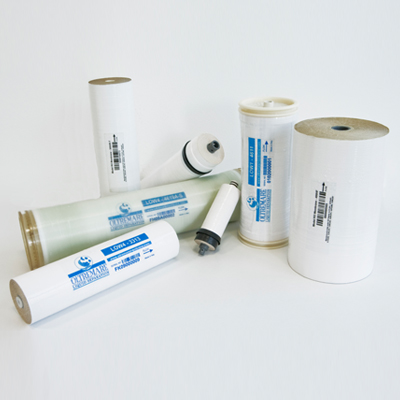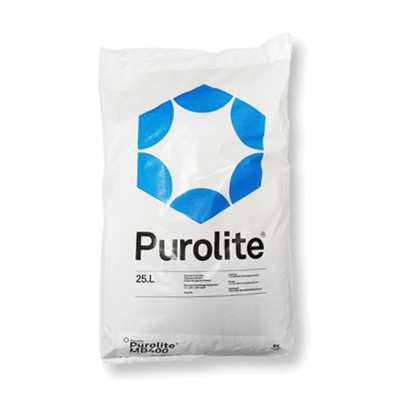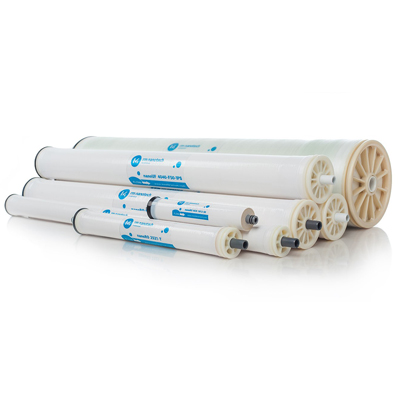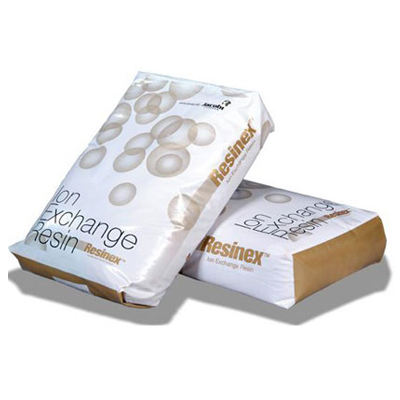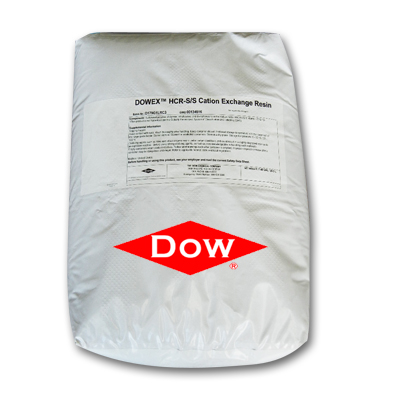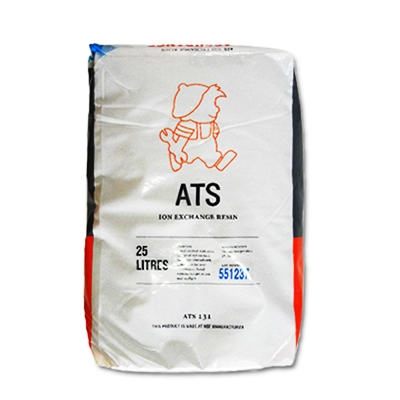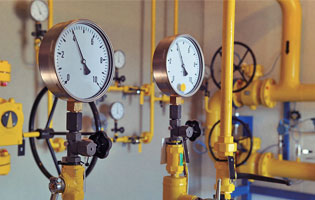PRODUCT INFORMATION
Pyrolox Water Treatment (Hydrogen Sulfide Removal) Technology
- front page
- product
- Water Treatment Technology
- Technology Development Department
- Pyrolox Water Treatment (Hydrogen Sulfide Removal) Technology
Product Information
- heat treatment
-
water treatment
- Arsenic remover
- Desulfurizer
- Deaerator
- Water softener (calcium and magnesium ion removal)
- Carbon filter (removes odor and residual chlorine)
- Sand filter (removal of suspended impurities)
- Iron remover (removal of iron and manganese ions)
- RO water purifier
- Pre-backwash filter
- UV ultraviolet sterilizer
- Ion exchange resin
- reverse osmosis membrane tube
- quick filter
- Various tanks for water treatment
- Various application filter media
- 美國 Clack Clark control valve
- 美國 Fleck Control Valve
- 美國 Pentair Control Valve
- 美國 Autotrol Control Valve
- Runxin Control Valve
- Injection treatment
- Technology Development Department
-
brand
- Demo brand
- US DOW
- IDEX USA
- US CLACK
- EMERSON, USA
- American PENTAIR
- SIEMENS Germany
- American PULSAFEEDER
- Denmark DANFOSS
- Thailand HAYCARB
- France SUNTEC
- UK PUROLITE
- Japanese NOP
- Japan OLYMPIA
- Japan KATSURA
- BRAHMA, Italy
- SAGINOMIYA
- HONEYWELL
- AZBIL (YAMATAKE)
- OLTREMARE
- NIPCON
- TROCHOID
- domestic
- EGO
- KATO
- LECIP
- ATS
- JACOBI
- ETATRON
- WAVE CYBER
- BOSCHINI
- NIPPON
- WL
- CASH ACME
- YAZAKI
- RUNXIN
- About | Contact

Pyrolox Water Treatment (Hydrogen Sulfide Removal) Technology
Technical explanation
Pyrolox Hydrogen Sulfide Removal Technology:
PYROLOX is a high-purity and high-efficiency filter material used to remove hydrogen sulfide, iron and manganese from water. PYROLOX operates on the principle of using a catalytic reaction, where the material object itself remains unchanged, this catalytic reaction results in the formation of intermediate compounds or compounds, such as xodies of manganese, which are thus replaced by alternating The composition and decomposition of these water components leaves PYROLOX itself unchanged. Hydrogen sulfide, iron and manganese can be oxidized on the surface of PYROLOX material by PYROLOX technology, so simple backwashing can be used to clean and regenerate PYROLOX filter media. Drinking water is not affected because no chemical regeneration is required. Also, the removal efficiency of PYROLOX is very high (without limitation) if the concentration of hydrogen sulfide, iron and manganese in the water is inherently low. PYROLOX is equally effective on three main types of water: waters where hydrogen sulfide, iron and manganese begin to precipitate when exposed to air, hard water containing carbonates or sulfates, or both. Those waters that begin to precipitate hydrogen sulfide, iron, and manganese when exposed to air will dissolve the hydrogen sulfide, iron, and manganese indefinitely in solution, even with chlorides or aeration. These elements are usually still bound to organic acids and appear in water in colloidal form. Waters that contain hydrogen sulfide, iron, and manganese, or each of the above, will deposit after aeration, chlorination, or ozone to become part (but not all) of the water, which cannot be completely removed by simple filtration. PYROLOX can be a supplement to aeration, chlorination and ozone. PYROLOX can act not only as a turbidity filter in water, but also as a pretreatment technology of choice for hydrogen sulphur, iron or manganese breakthroughs using aeration, chlorination, ozone or other pretreatment methods.
PYROLOX application solutions:
(1) Low water pH:
PYROLOX media operates very efficiently in the pH range of 5 to 9 pH. The higher the pH, the higher the oxidation capacity. Our experience is that 6.5 pH or higher is ideal. A pH below 6.5 may require the design of higher amounts of PYROLOX to increase the contact time with the water to be filtered. The standard way of 美國 is: use a pH neutralizer in front of the PYROLOX filter, this neutralizer is called Calcite filter media and it will adjust any pH to the ideal pH range of 6.5 to 7.
(2) Iron bacteria or manganese bacteria:
PYROLOX has no way to handle this. Iron bacteria and manganese bacteria can cause PYROLOX filter media to lose their oxidative power. The ideal solution is to soak the piping system with super chlorinating agent for 24 hours and then install a chlorination system to control the bacterial population. Once the bacterial load is controlled, PYROLOX filter media can be used to remove hydrogen sulfide, iron or manganese.
(3) Excessive manganese:
While PYROLOX is effective against hydrogen sulfide, iron and manganese, it has a slower reaction time against manganese. This is not a problem in most areas of 美國, but if the manganese content is too high, you may need to increase the amount of PYROLOX to prolong the exposure time. Generally speaking, manganese with water below 8ppm will not have this problem.
(4) Tannin:
PYROLOX does not remove tannins. Tannins are uncommon. However, when tannins are present, there is often hydrogen sulfur, iron and/or manganese in the water. To remove tannins, you can use large activated carbons that absorb and chelate special resins. Tannins will not harm PYROLOX filter media, so PYROLOX can effectively remove hydrogen sulfide, iron and manganese without tannins in water.
(5) Blood iron:
PYROLOX does not completely remove biosoluble organic compounds (including blood iron) metabolized by plants or bacteria. This problem is often referred to as "pink water" or "hematite". This problem is not uncommon. Since blood iron is complex and cannot be oxidized, blood iron will remain in solution. Blood iron may first look clear and then slowly turn yellow. In other areas, the water may be slightly pink. When the groundwater is in a condition that cannot be treated or can only be partially treated, such as chlorination, water softening, ozone, carbon, etc. can not be effectively treated, or when the sample is yellow or pink but has little or no fixed iron oxide When the water should be suspected to contain blood iron. Blood iron comes in many different forms, depending on the organisms available in the water. In most cases, PYROLOX can remove all iron. In most cases, more than 80% of blood iron can be filtered. The unfiltered residual blood iron can then be filtered through granular activated carbon. Activated carbon can absorb organic blood iron. Our experience is to do most of the filtration with PYROLOX and then use an activated carbon filter to absorb the residual organic iron. You may also consider using special chelating resins that remove tannins and remove excess blood iron.

